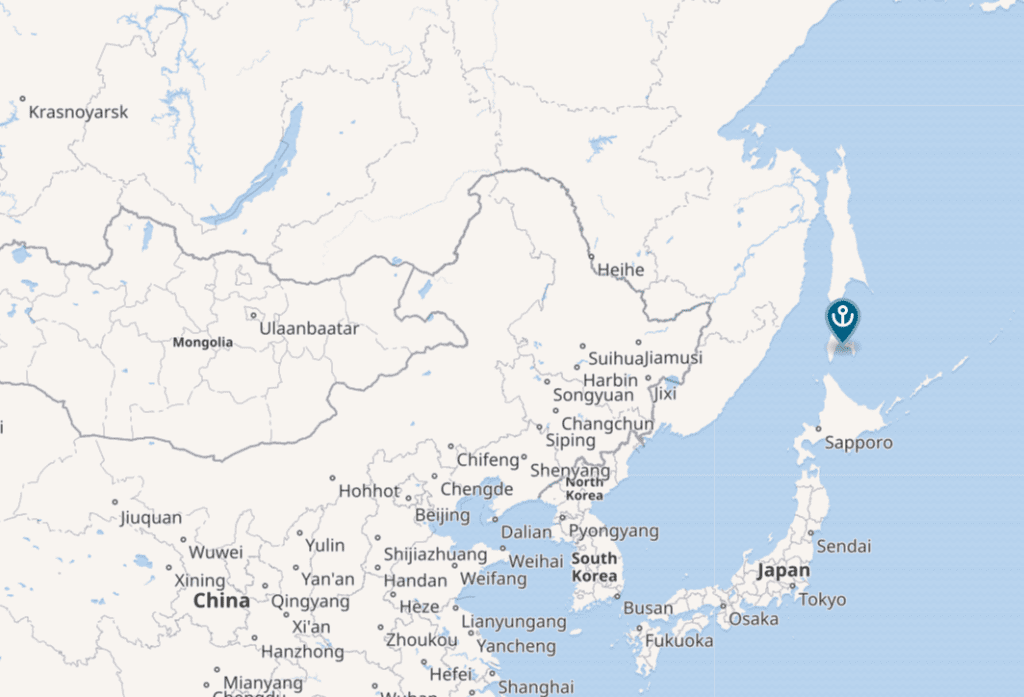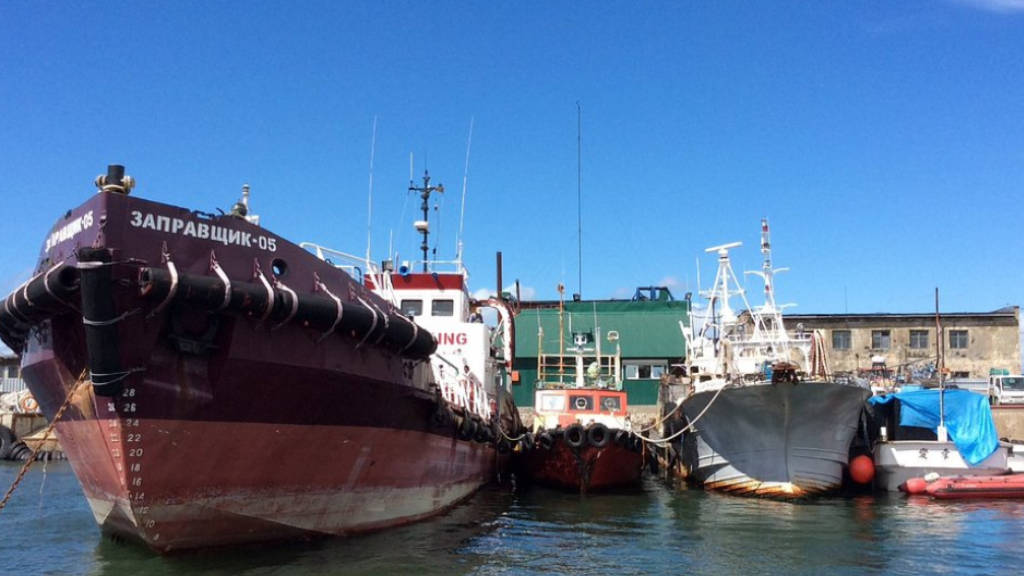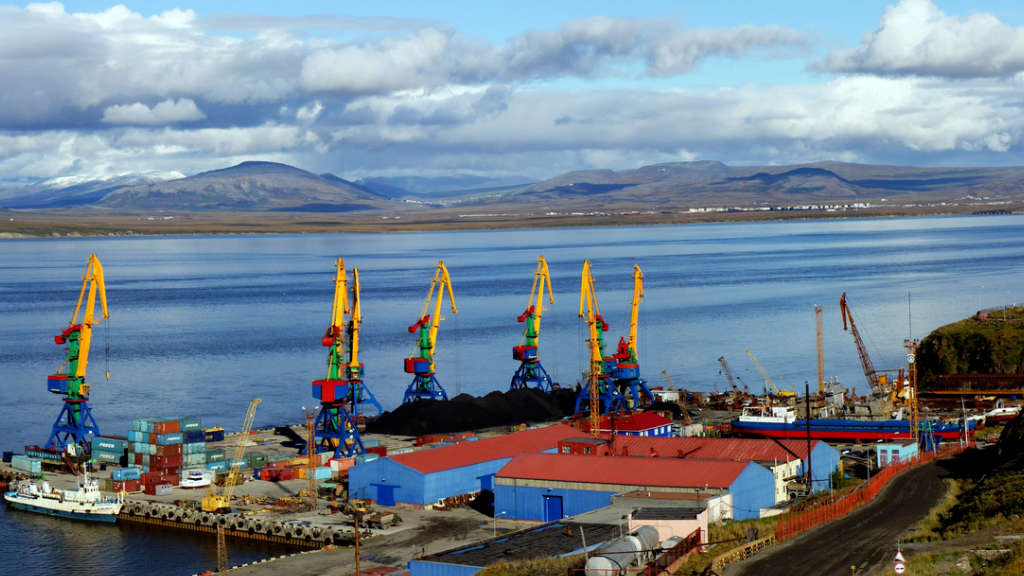Russia’s Far East is rapidly emerging as a global maritime logistics hub, and investors and operators from China and India should not miss out on the opportunity to take part in upcoming projects there, Valery Limarenko, the Governor of Russia’s Sakhalin Region, has stated at the Eastern Economic Forum in Vladivostok.
The upcoming deep-sea port in Sakhalin will boost the Northern Sea Route, which will benefit Asian markets. Speaking at a session on global trade, Limarenko addressed the Indian ambassador to Russia, Vinay Kumar, urging his country to “not be late with the logistics business in Sakhalin.” The governor added that he had conveyed a similar message to his Chinese counterparts.
Limarenko highlighted the project for modernizing the Korsakov Port infrastructure which is located on the southern part of Sakhalin Island on the Aniva Gulf. The port is expected to become one of the turnaround points for the Northern Sea Route – a shipping corridor that passes along Russia’s northern coastline through the Arctic Ocean and is the shortest shipping route between the western part of Eurasia and the Asia-Pacific region.

The Korsakov Port provides passenger and freight services to the Kuril Islands, has direct services with South Korea and Vladivostok, and provides direct links with the Wakkanai ferry line (Japan), as well as to the west coast of the Americas and countries in the Asia-Pacific region. At present, the port consists of two parts: the outer harbour (aquatorium or inner roadstead); and inner harbour (Central Kovsh) and Ozersky. The Central Kovsh is more frequently used by fishing vessels, and possesses a total of 30 berths covering 2,700m within the port. It currently handles 4,000,000 tonnes and approx. 27,000 passengers per year. Details of the planned developments can be seen here.
If the necessary funding is procured, the expanded port should be operational by 2029. According to Limarenko, the upgraded port will then alter regional fish and seafood processing logistics, moving it from Busan Port in South Korea to the Sakhalin coast, and create new industries in the region. Busan’s fish processing facilities included, as of 2019, around 22 million TEU handled at ten container terminals.
The Korsakov Port redevelopment will have a large container terminal and a separate ecosystem for refining oil products, including a refinery for aviation fuel – another piece of infrastructure required for shipping using the Northern Sea Route – which extends to European Russia and Murmansk Port near Norway.
Further Reading
Northern Sea Route To Have New Eastern and Western Logistics Terminals





